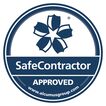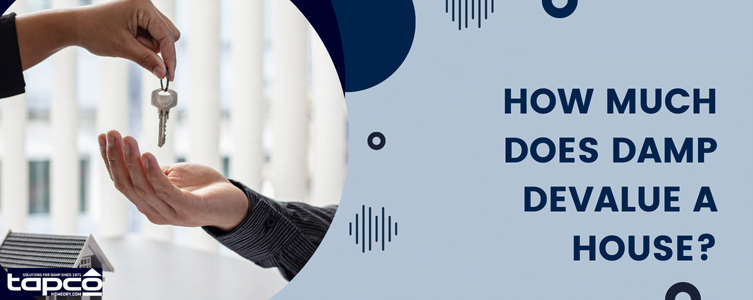
Dampness can be a major problem for homeowners, as it not only causes discomfort and health issues but also devalues the property. In some cases, the long-term effects of damp can be so severe that it affects the saleability and market value of a home. So how much can damp actually devalue a house?
The answer to this question is not an easy one as there are various factors which will affect the extent of devaluation. Factors such as how long the damp has been present, how extensive the damage is and whether appropriate remedial action has been taken all have an impact on home valuations.
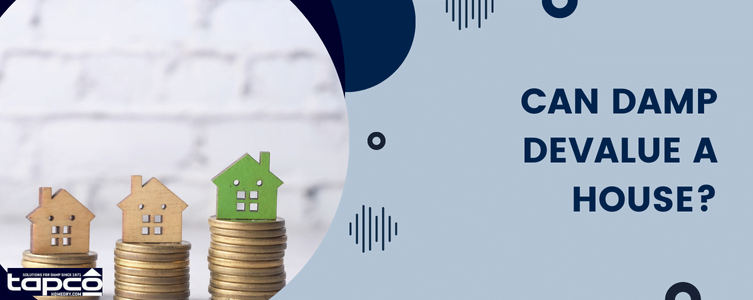
How much does damp devalue a property?
It’s difficult to say with certainty, as every case is different, but experts suggest that dampness can reduce a house’s value by around 10%. If you’re thinking about selling, you’ll need to consider if 10% of the property value is more than the cost to fix the damp problem.
In severe cases of damp, you could see up to 50% of the property value wiped out. This would be in the case of widespread, untreated damp that has caused structural problems. In this case, you would need to make a decision about the value of the property versus the value of the land. In some cases, it would be more profitable to demolish the property and sell the land with planning permission than to try to sell the property intact.
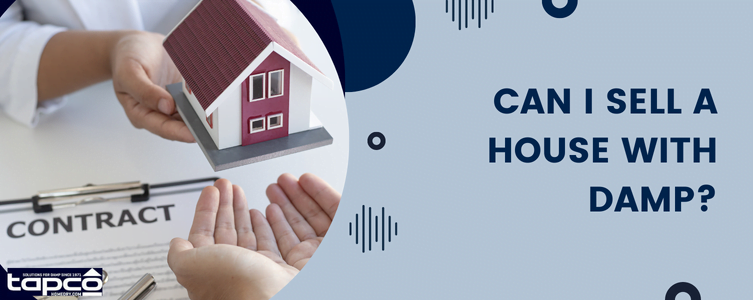
Can I sell a house with damp?
If your property has damp, you might be wondering if it is better to fix the problem before selling it, or sell it and avoid the financial burden of tackling the damp. The good news is that it is often possible to sell a house with damp, provided you are honest about the extent of the problem and take appropriate steps to address it.
Buyers won’t be too concerned with a bit of condensation or mould in the bathroom due to humid conditions, particularly if the property has been vacant for a long time. But they will have an issue with widespread damp or rising damp. If the damp is caused by leaking pipes or a faulty heating system, this will also set off alarm bells for prospective buyers.
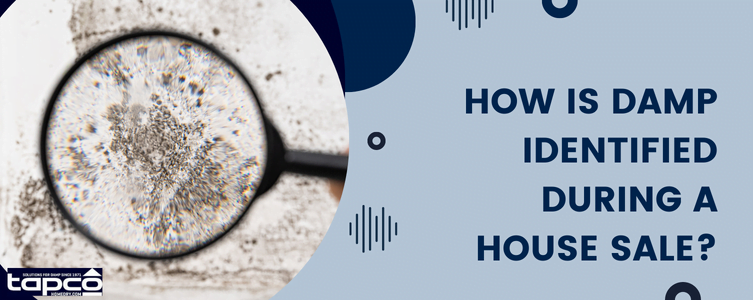
How is damp identified during a house sale?
All buyers will be on the lookout for issues like damp during a purchase. This can be identified through a range of steps. This might include getting a professional inspection and report from a qualified surveyor, so potential buyers can make an informed decision about whether they are willing to take on the problem. If you try to conceal the damp, this will be quickly revealed in the survey and could damage your ability to sell the property.
As well as financial implications, dampness can cause serious health risks if left untreated. It often leads to poor air quality in living spaces causing respiratory problems such as asthma, sore throats and allergies. Furthermore, certain types of mould spores produced by damp environments are highly toxic and can even lead to serious illnesses if inhaled over time. For this reason, it’s important to be honest with buyers about the condition of the property when you sell.
Buyers and sellers will have a property survey completed before the sale goes through. When it comes to identifying what type of survey should be used for assessing damp levels in a property there are two main options; a ‘condition survey’ or a ‘structural survey’ – both provide detailed information about the state of the building’s structure but condition surveys will also look at any evidence of existing or potential damp issues in greater detail.
It’s important to ensure that any technician you entrust with this task is qualified and experienced in this field in order to guarantee accurate results. If your results don’t match the results of the buyer’s survey, this could derail your sale.
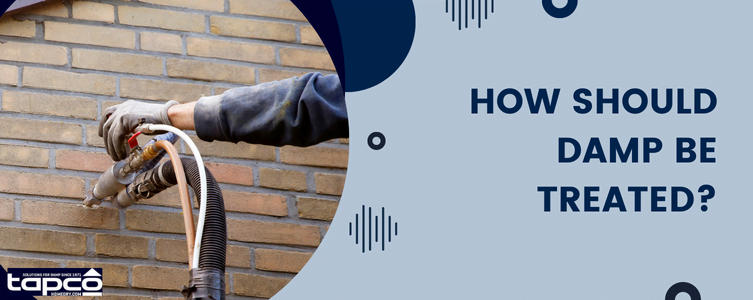
How should damp be treated?
Once any areas affected by damp have been identified they must be addressed immediately in order to prevent further damage from occurring. This usually involves installing either physical barriers such as cavity wall insulation or carrying out treatments such as damp-proof courses. You may also need to carry out remedial work such as repairing plaster or mortar work to make the property more attractive to buyers.
Closing thoughts
Overall, eradicating existing dampness from your property is essential if you don’t want its value to drop dramatically – regular maintenance assessment should ensure that levels remain sufficiently low enough so that its quality won’t depreciate substantially over time. If however you think your home could be affected then calling upon professionals who specialise in this area could save you money (and potentially increase the overall value) in the long run.


 Damp Proofing
Damp Proofing Basement Damp Proofing
Basement Damp Proofing Water Damage
Water Damage Condensation Control
Condensation Control Dry Rot Treatment
Dry Rot Treatment WOODWORM & WET ROT
WOODWORM & WET ROT CAVITY Wall Ties
CAVITY Wall Ties Property Maintenance
Property Maintenance Waterproofing And Tanking
Waterproofing And Tanking Structural Repairs
Structural Repairs



